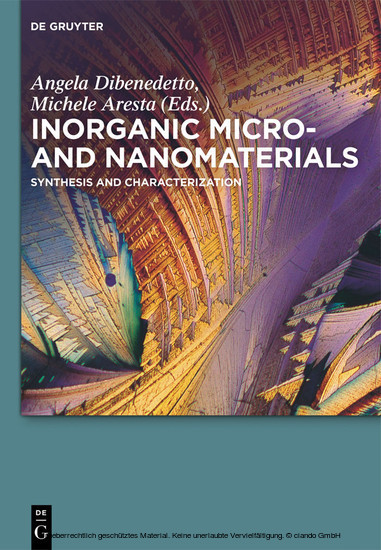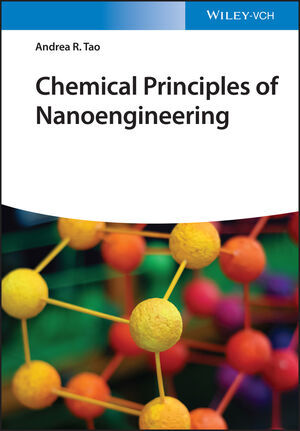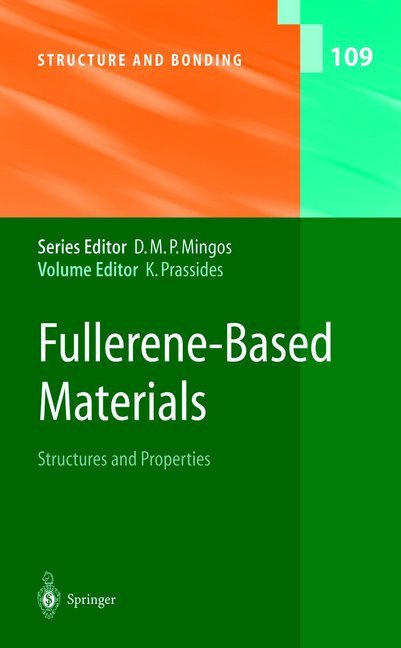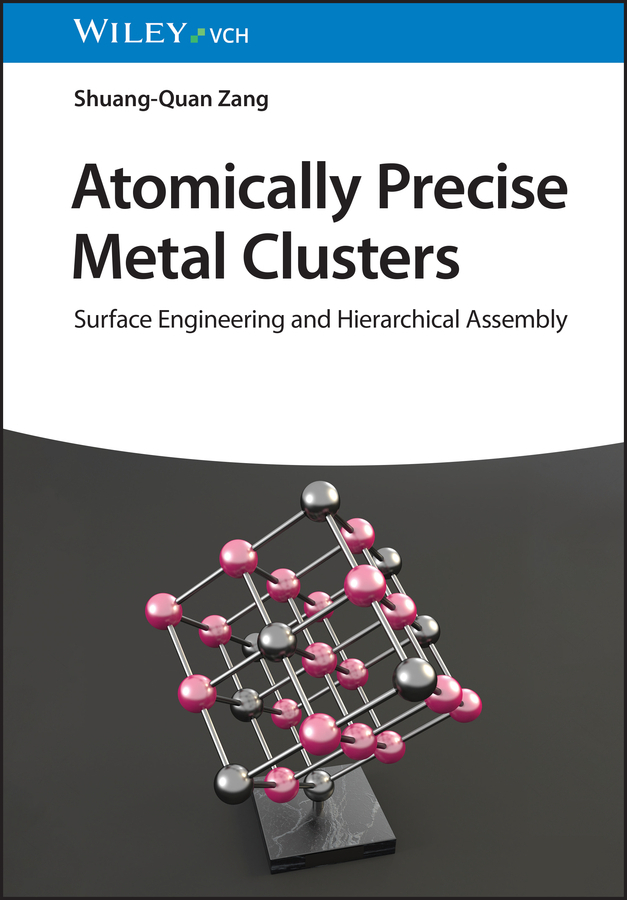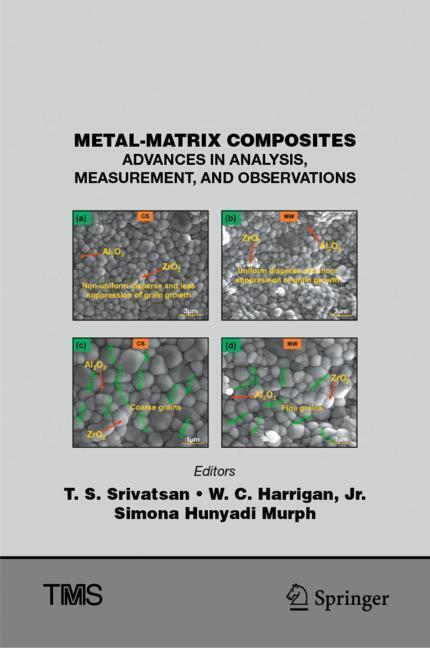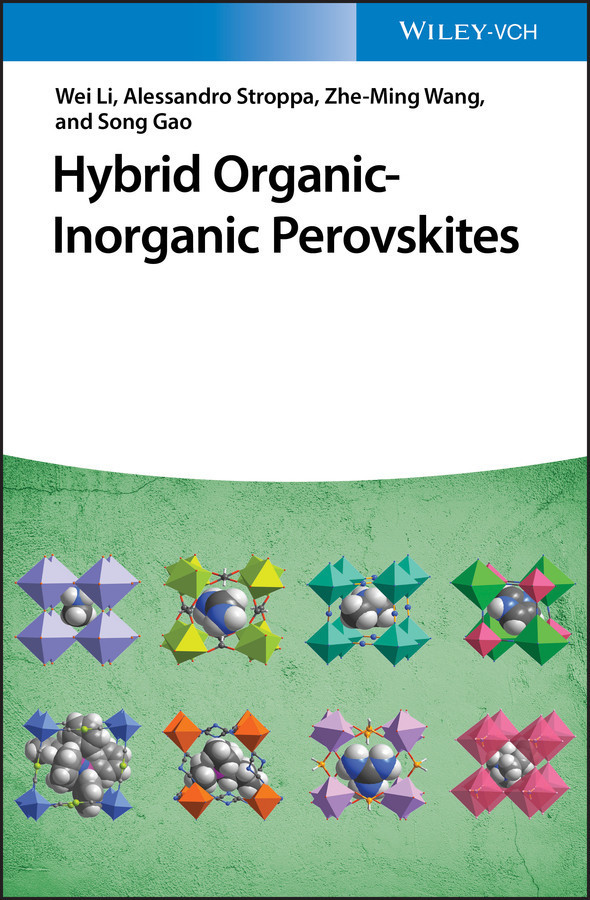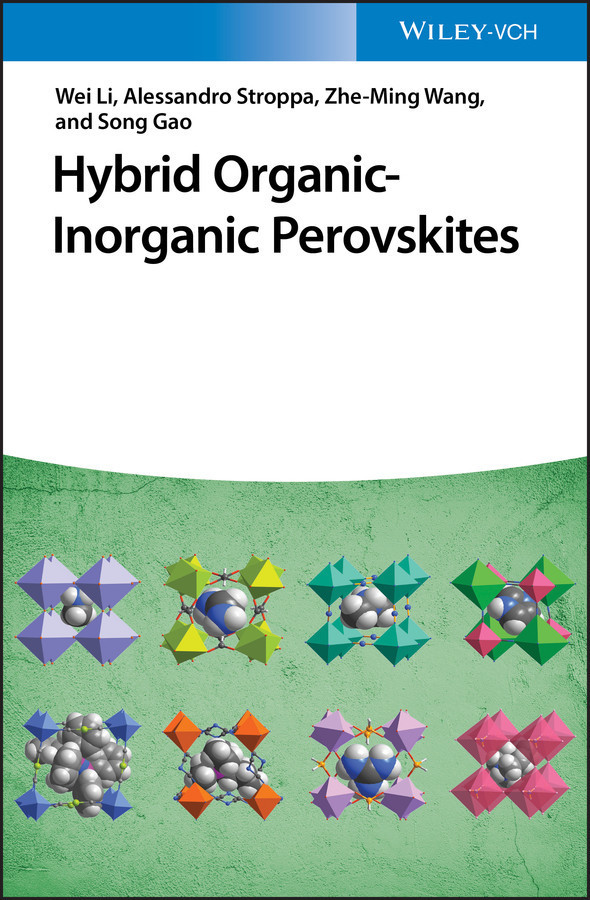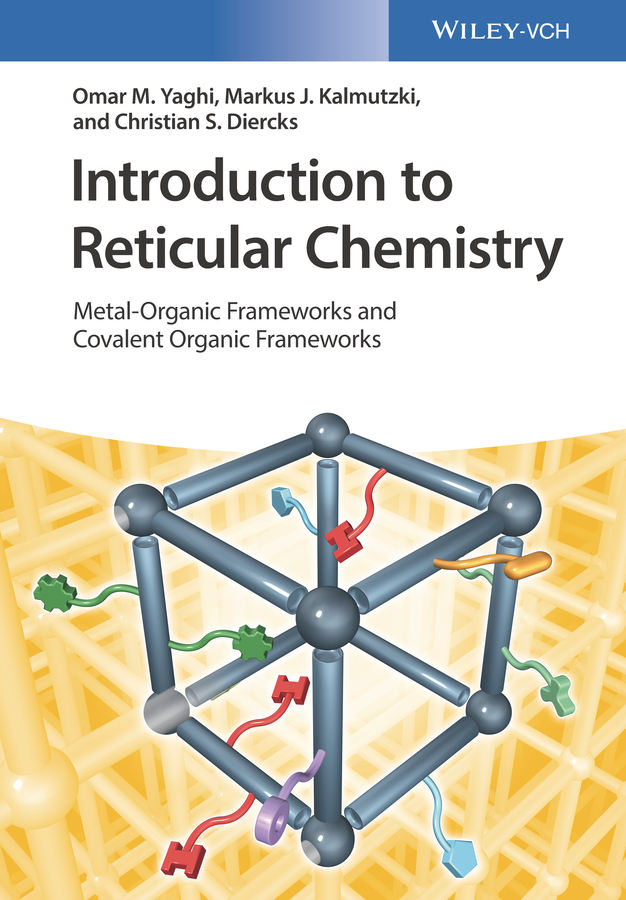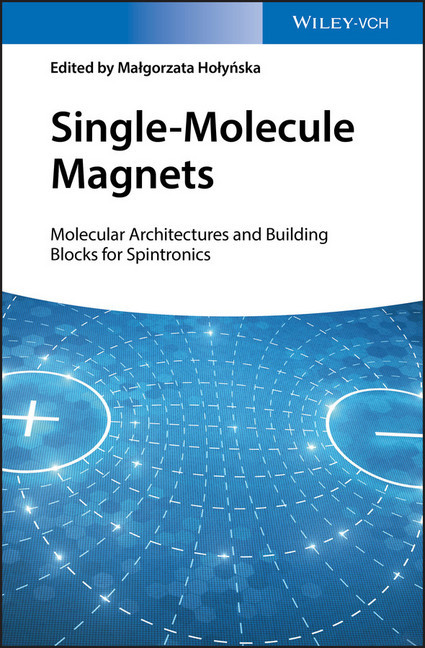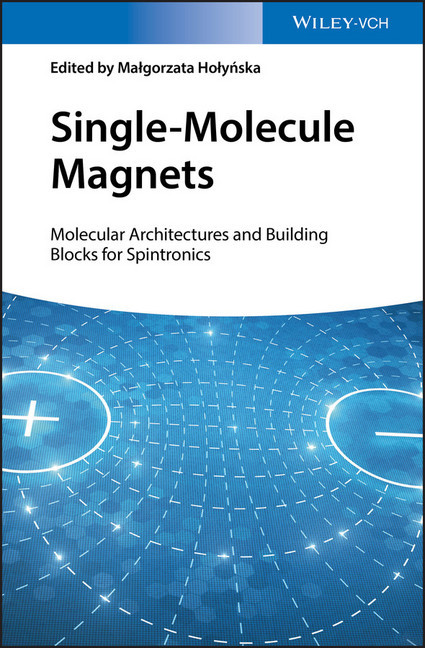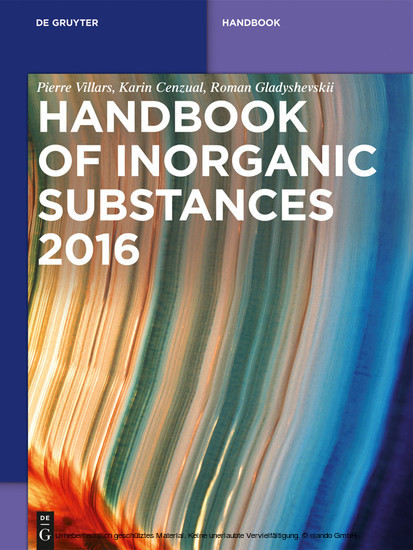Inorganic Micro- and Nanomaterials
Synthesis and Characterization
The demand for new materials with novel properties on the micro- and nano-scale continues to grow. This book provides an overview of state-of-the-art techniques for the synthesis and characterization of inorganic nanomaterials including techniques such as XPS, XAS, single crystal X-ray diffraction, X-ray microimaging, electron microscopy, and solid state NMR. Essential for all researchers in nanoscience.
Michele Aresta, University of Bari, Italy; Angela Dibenedetto, University of Bari, Italy.
1;Introduction: Nano- (and micro-)materials and human wellbeing;15 2;1 Coating antibacterial nanoparticles on textiles: Towards the future hospital in which all textiles will be antibacterial;17 2.1;1.1 Introduction: Application of nanotechnology for "smart" textiles;17 2.2;1.2 Sonochemical method for the synthesis of nanostructured materials and their adherence to solid substrates;20 2.3;1.3 Ultrasound assisted deposition of metal nano-oxides on textiles and their antibacterial properties;22 2.3.1;1.3.1 Synthesis and deposition of CuO nanoparticles;22 2.3.2;1.3.2 Finishing of textiles with crystalline TiO2 nanoparticles via a one-step process;24 2.3.3;1.3.3 Synthesis and deposition of ZnO;30 2.3.4;1.3.4 Enzymatic pretreatment as a means of enhancing antibacterial activity and stability of ZnO nanoparticles sonochemically coated on cotton fabrics;36 2.3.5;1.3.5 Size dependence of the antibacterial activity of ZnO NPs;42 2.4;1.4 Conclusion;42 2.4.1;Bibliography;43 3;2 Automated solutions for high-throughput experimentation in heterogeneous catalyst research;49 3.1;2.1 Introduction;49 3.2;2.2 The preparation of solid catalysts;51 3.3;2.3 Automation challenges examples;51 3.3.1;2.3.1 Integration of commercially available devices;52 3.4;2.4 A fully-automated solution;53 3.4.1;2.4.1 SOPHAS-CAT HT;53 3.4.2;2.4.2 The loading;53 3.4.3;2.4.3 The synthesizer;54 3.4.4;2.4.4 Extrudate preparation;55 3.4.5;2.4.5 Impregnation and drying;55 3.4.6;2.4.6 Calcination;56 3.4.7;2.4.7 Scraping and pelletizing;56 3.4.8;2.4.8 Grinding;57 3.4.9;2.4.9 Sieving;57 3.5;2.5 Conclusion;58 3.5.1;Bibliography;59 4;3 Insights from XPS on nanosized inorganic materials;61 4.1;3.1 Introduction;61 4.2;3.2 XPS in the nanodomain;61 4.3;3.3 Conclusions;67 4.3.1;Bibliography;69 5;4 Single crystal and powder XRD techniques: An overview;71 5.1;4.1 The single crystal XRD technique;71 5.1.1;4.1.1 Basics of the radiation-matter interaction;72 5.1.2;4.1.2 Basics of crystallography and X-ray diffraction by crystal;75 5.1.3;4.1.3 Solving the phase problem by direct methods;83 5.2;4.2 The powder XRD technique;88 5.2.1;4.2.1 Indexation;88 5.2.2;4.2.2 Space group determination;90 5.2.3;4.2.3 Profile decomposition and intensity extraction;91 5.2.4;4.2.4 Structure solution;93 5.2.5;4.2.5 Rietveld refinement;98 5.2.6;4.2.6 Examples;99 5.3;4.3 Conclusions;102 5.3.1;Bibliography;103 6;5 Structural and electronic characterization of nanosized inorganic materials by X-ray absorption spectroscopies;107 6.1;5.1 Introduction;107 6.2;5.2 XAS spectroscopy: Basic background;107 6.2.1;5.2.1 Theoretical background of XAS spectroscopy;108 6.2.2;5.2.2 The XANES region;110 6.2.3;5.2.3 The EXAFS region;110 6.2.4;5.2.4 Advantages and drawbacks of the technique;113 6.3;5.3 CuCl2/Al2O3-based catalysts for ethylene oxychlorination;114 6.3.1;5.3.1 Industrial relevance of the CuCl2/Al2O3 system;114 6.3.2;5.3.2 Preliminary in situ XAFS experiments;115 6.3.2.1;5.3.2.1 The determination of the Cu-aluminate phase: How to avoid possible pitfalls in the EXAFS data analysis;115 6.3.2.2;5.3.2.2 Catalyst reactivity with the separate reactants: In situ XAFS experiments;117 6.3.3;5.3.3 Operando experiments and criteria used to face the presence of more than one phase in the sample;119 6.4;5.4 Structural and electronic configuration of Cp2Cr molecules encapsulated in PS and Na-Y zeolite and their reactivity towards CO;123 6.4.1;5.4.1 Structure of Cp2Cr encapsulated in PS and Na-Y zeolite matrices;123 6.4.2;5.4.2 Determination of the electronic structure of Cp2Cr by combined UV-Vis and XANES spectroscopies;125 6.4.3;5.4.3 Reactivity of Cp2Cr hosted in PS and in Na-Y zeolite towards CO: IR and XAFS results;128 6.5;5.5 Transition metal complexes in solution: The [cis-Ru(bpy)2(py)2]2+ case study;131 6.5.1;5.5.1 Structure refinement of cis-[Ru(bpy)2(py)2]2+ in aqueous solution by EXAFS spectroscopy;132 6.5.2;5.5.2 Advanced details of the EXAFS structure refinement of cis-[Ru(bpy)2(py)2]2+ complex;134 6.6;5.6 EXAFS stud
Dibenedetto, Angela
Aresta, Michele
| ISBN | 9783110306873 |
|---|---|
| Artikelnummer | 9783110306873 |
| Medientyp | E-Book - PDF |
| Copyrightjahr | 2013 |
| Verlag | Walter de Gruyter GmbH & Co.KG |
| Umfang | 229 Seiten |
| Sprache | Englisch |
| Kopierschutz | Digitales Wasserzeichen |

